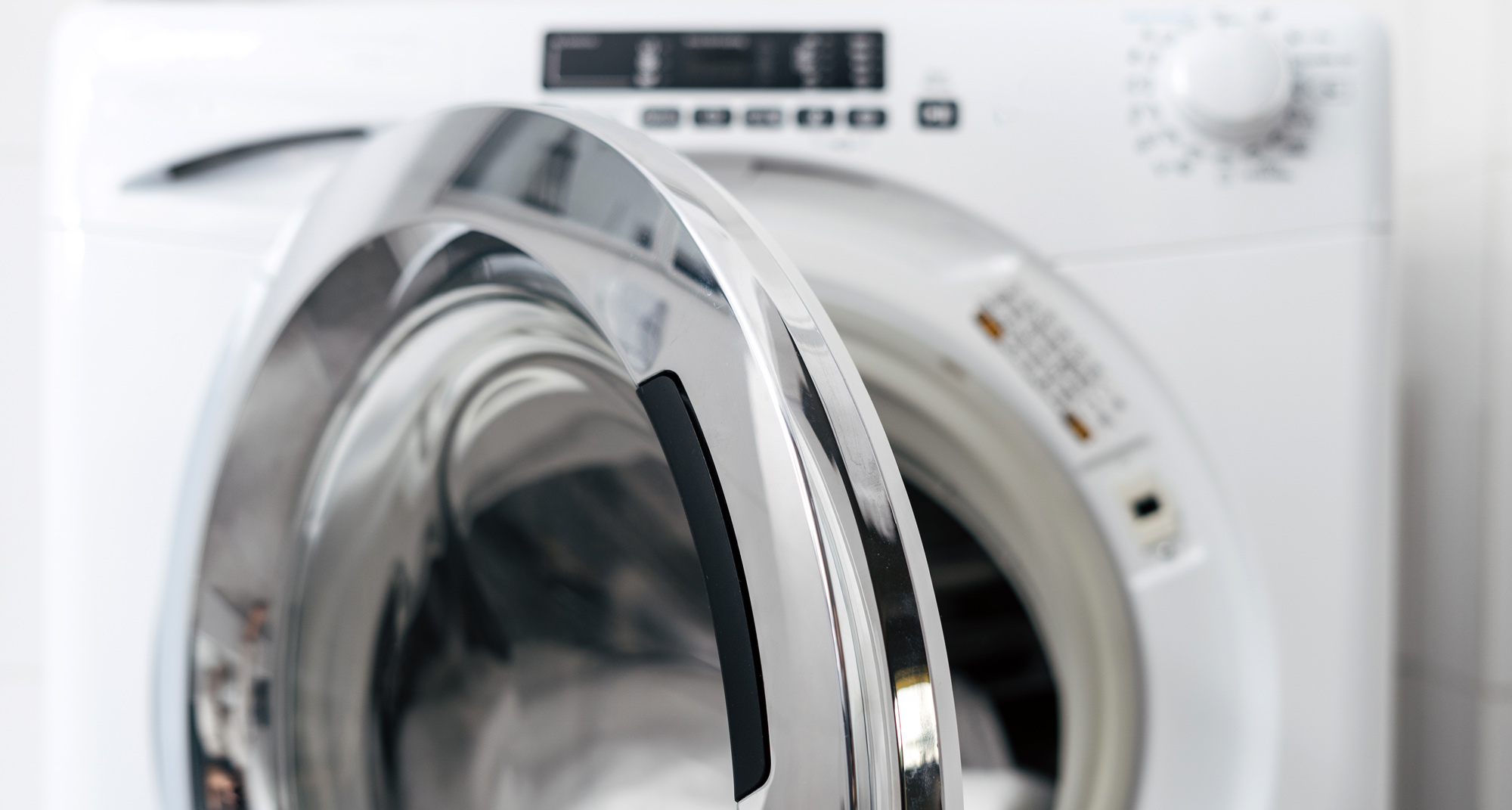In 2006, the two largest U.S.-based manufacturers of laundry appliances became one: Whirlpool purchased its close competitor Maytag for $1.4 billion, outbidding the Chinese company, Haier.
Before the merger could go through, the Department of Justice reviewed the proposal to determine if it would run afoul of the Sherman Antitrust Act and the subsequent Supreme Court caselaw that interpreted it. The main question the DoJ needed to answer was whether the merger would unduly decrease competition in that market, and thus lead to higher prices for consumers. Ultimately, the DoJ concluded that the merger would not lead to higher prices, because foreign competitors, such as Samsung and LG, could enter the market and give consumers more choices.
According to a new working paper by Tuck assistant professor Felix Montag, the DoJ turned out to be wrong about that. After the merger, Whirlpool increased prices of its clothes washers by about five percent, without inducing rivals to enter the market, which led to an annual loss in consumer welfare of $250 million.
However, as Montag shows, the DoJ’s decision may have benefitted the U.S. overall—just by the wrong rationale. By allowing the merger, the DoJ was in effect fending off the acquisition of a domestic manufacturer by a foreign entity that was expected to offshore all of Maytag’s production to factories in China, causing a significant loss of domestic jobs.
On the consumer front, this was a really bad merger,
Montag says. But if you think about the jobs as well, you could make the argument that the merger was better for the U.S. as a whole.
That precise tradeoff—consumer welfare versus worker welfare—is often overlooked by policymakers when analyzing potential mergers. But Montag thinks that’s a mistake. Policymakers should be able to estimate how important the job losses are going to be, and compare that to the consumer surplus,
he says. They should then still take the decision that is better for competition, but in cases where employment effects are strong, accompany this with appropriate labor market policies to compensate those who lose out. This would increase the support for pro-competitive merger policy.
Policymakers should be able to estimate how important the job losses are going to be, and compare that to the consumer surplus.
—Felix Montag
In “Mergers, Foreign Competition, and Jobs: Evidence from the U.S. Appliance Industry,” Montag created an empirical model that aims to help policymakers see those potential tradeoffs. His model has three main ingredients, all of which are based on industry data: consumer purchase behavior, product prices and portfolios, and labor dynamics.
Using past purchases by households, Montag estimates consumers’ preferences for clothes washers, which allows him to simulate how they might change their purchase behaviors when prices rise or fall. On the supply side, Montag created a game theoretical model that determines how firms will alter their product portfolios and prices in response to competition. And for labor, Montag collected information about where the firms produced their clothes washers and estimated how many washers each worker could make in a year. This allowed him to estimate how many workers it would take to produce a given number of washers, and where those jobs would arise.
When he ran the model, Montag learned that the Whirlpool-Maytag merger resulted in 1,300 domestic jobs saved, compared to the outcome if Haier had made the acquisition. Given the post-merger price increases by Whirlpool that resulted in a $250 million consumer loss per year, Montag estimates that each job saved by the merger would need to be valued at $220,000 per year to offset that harm.
It’s a political decision to say how much tax money or consumer surplus we’re willing to spend to create a particular job. But those decision makers need to know the number before they can have an opinion on it.
Montag doesn’t claim to know the value of a job—there are many factors that go into that question, including a local multiplier effect—but he can show what a job would have to be worth to make up for the increased prices to consumers. It’s a political decision to say how much tax money or consumer surplus we’re willing to spend to create a particular job, he says. But those decision makers need to know the number before they can have an opinion on it.
Montag says there are two key takeaways from this paper. First, the DoJ overstated the extent to which foreign competition would limit price increases in the laundry appliance market after Whirlpool acquired Maytag. Perhaps, in the future, similar product entry arguments should receive less weight. And second, even in a merger between two large product rivals, which are usually very bad for consumers, there can be a significant counterweight on the labor side, and policymakers shouldn’t ignore that.
Tuck School of Business
Please visit the firm link to site





